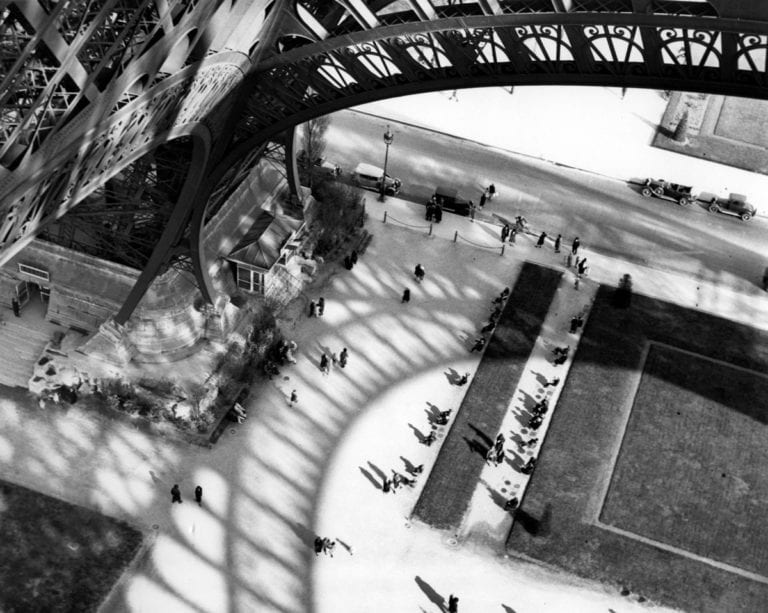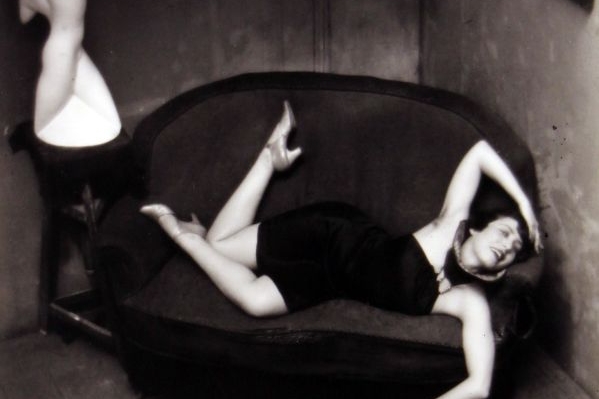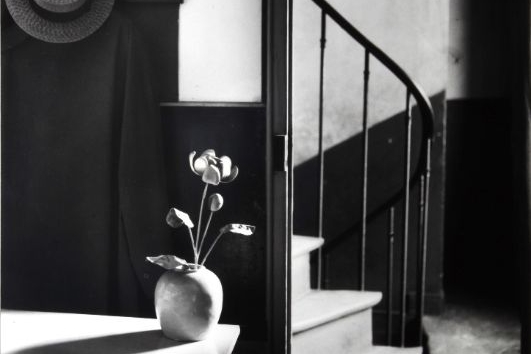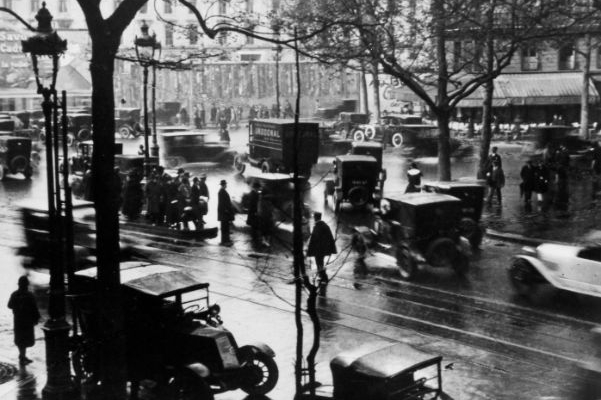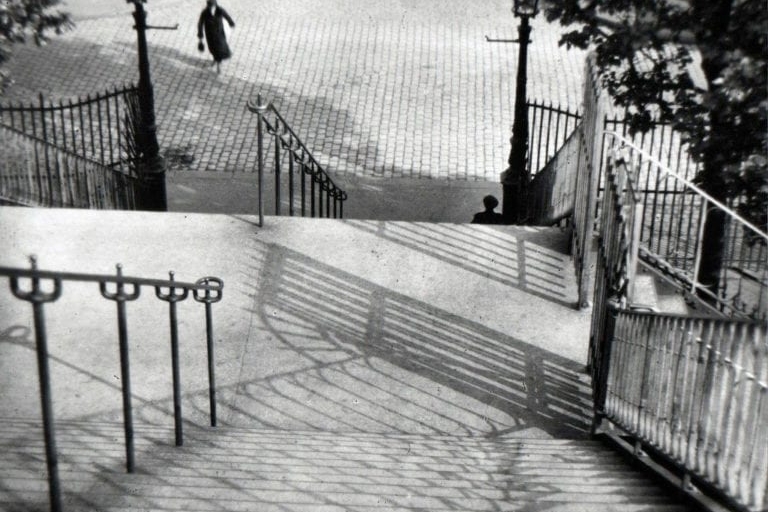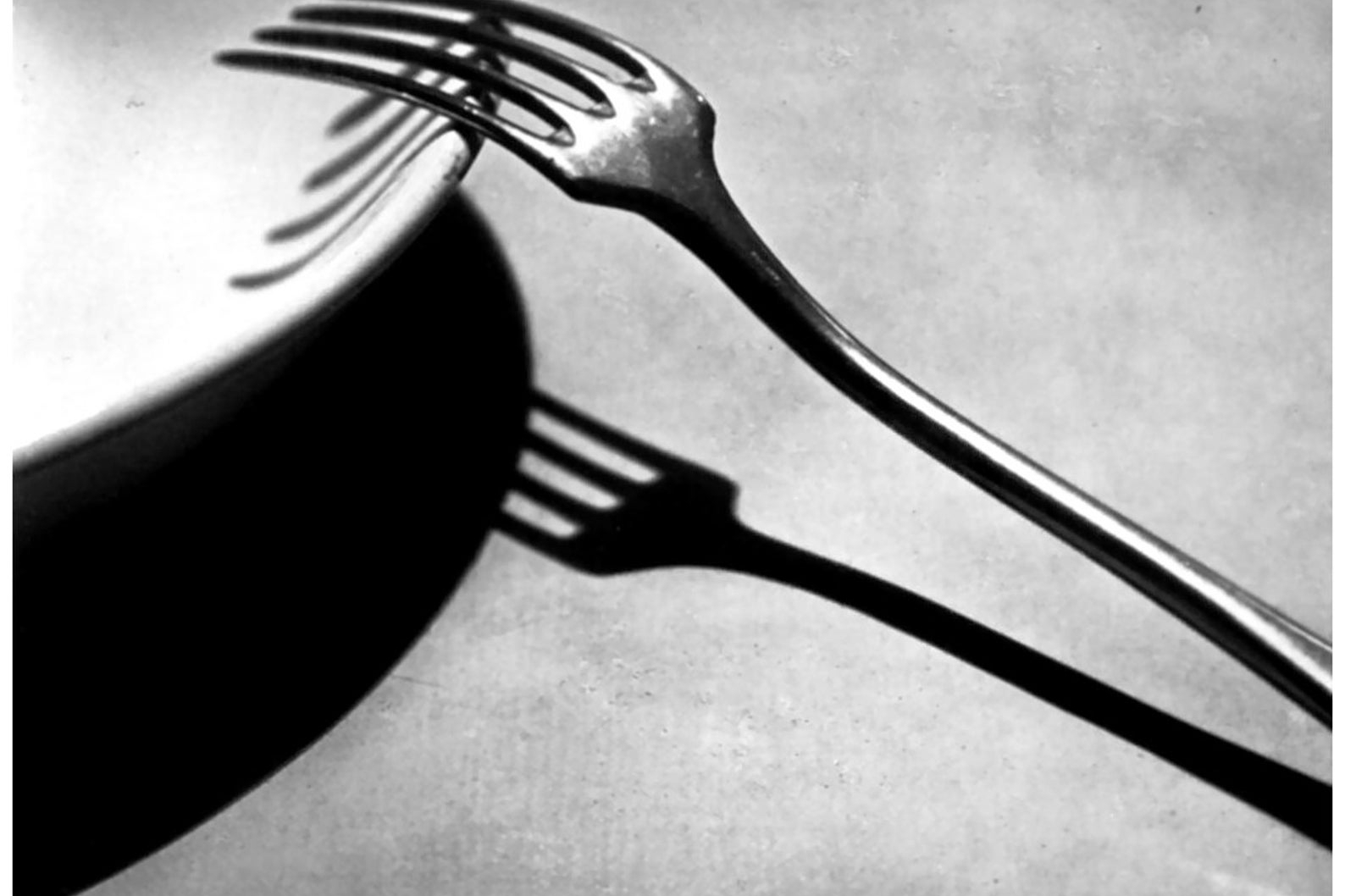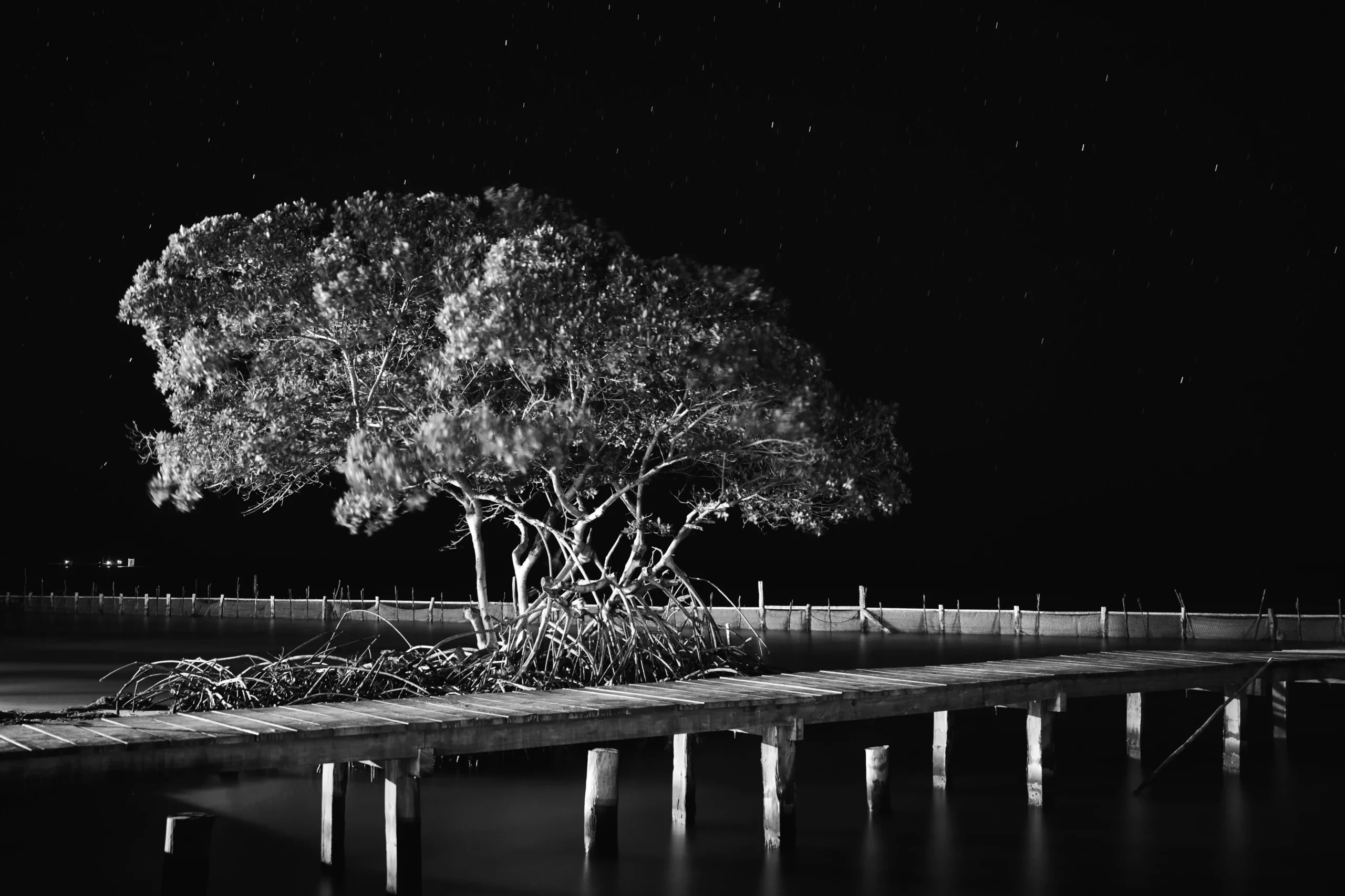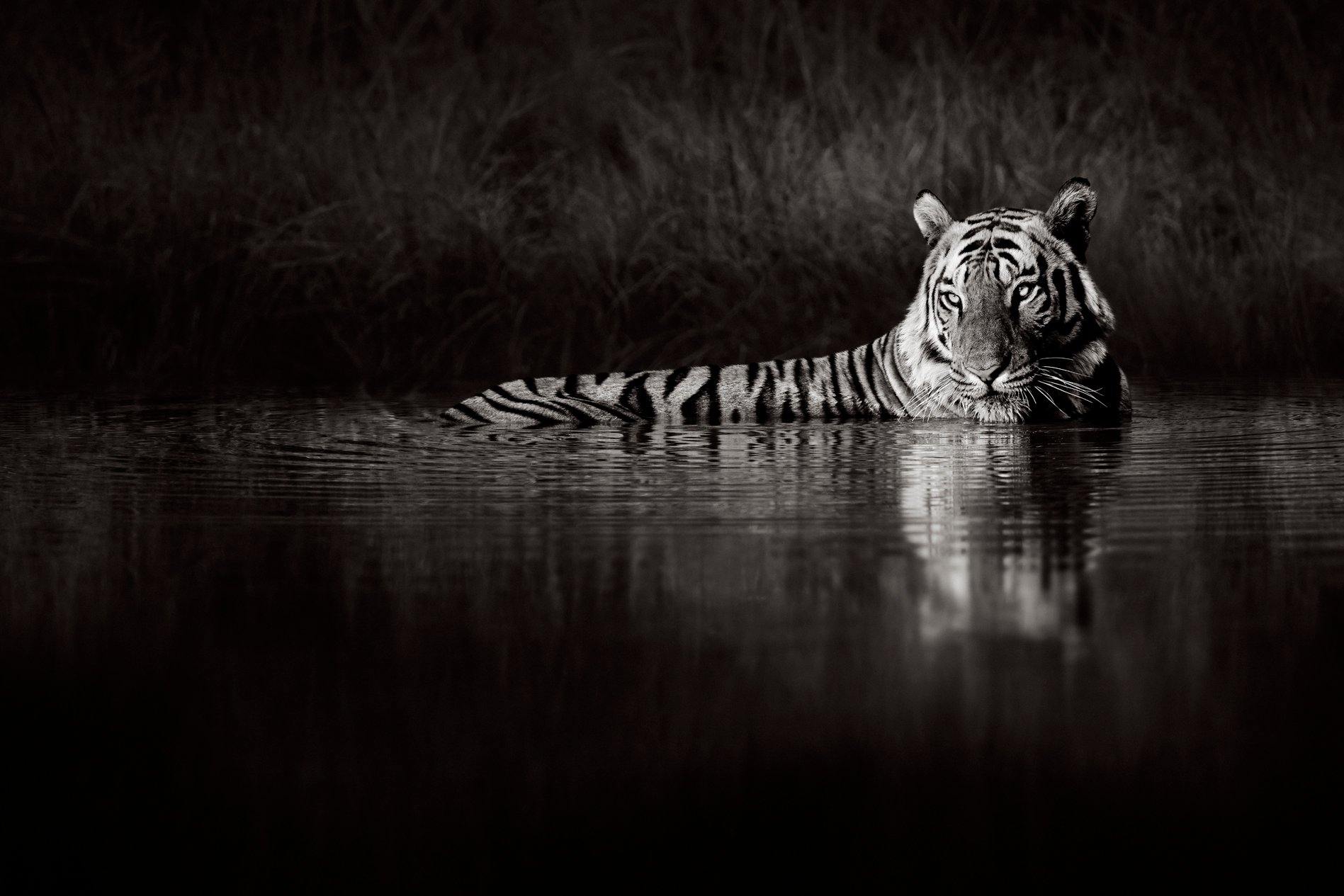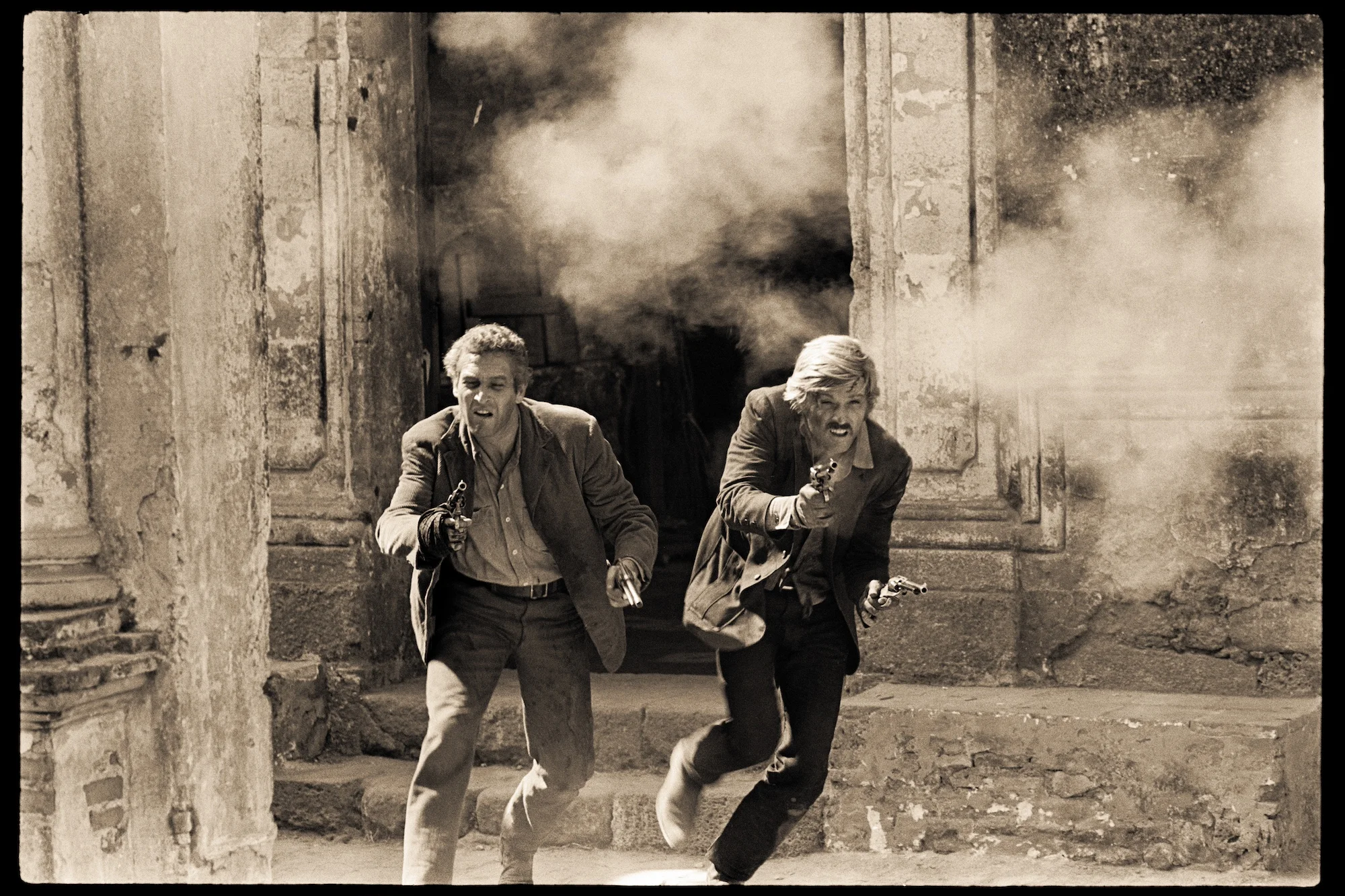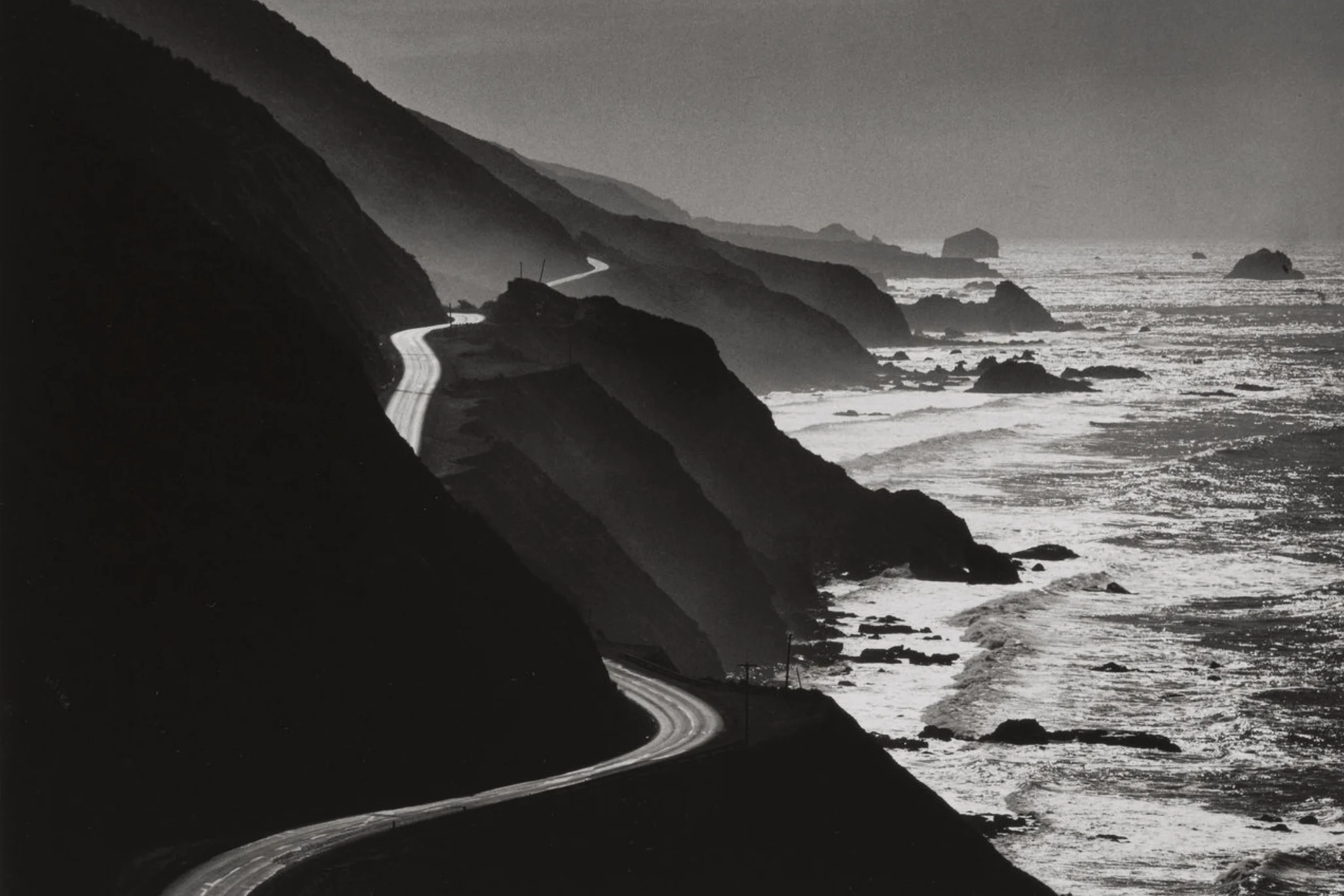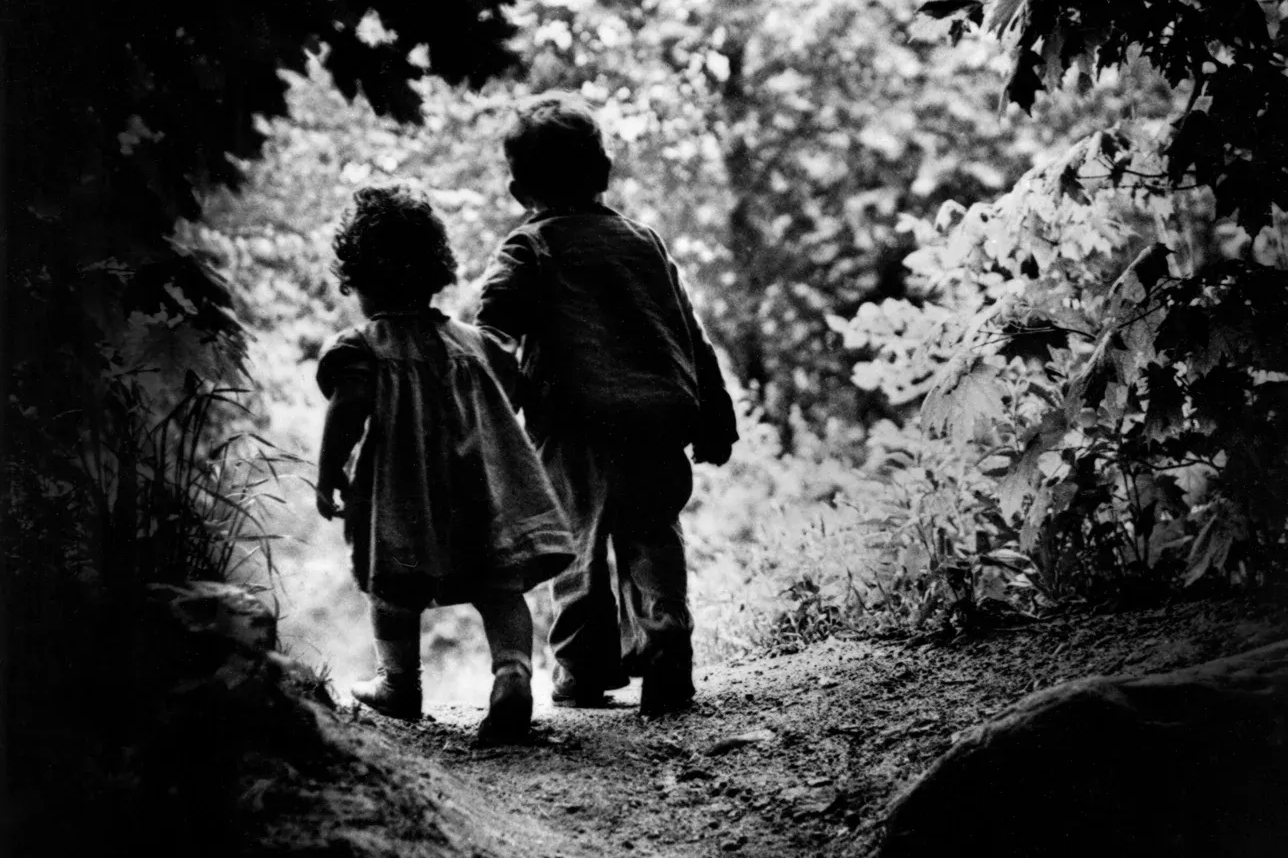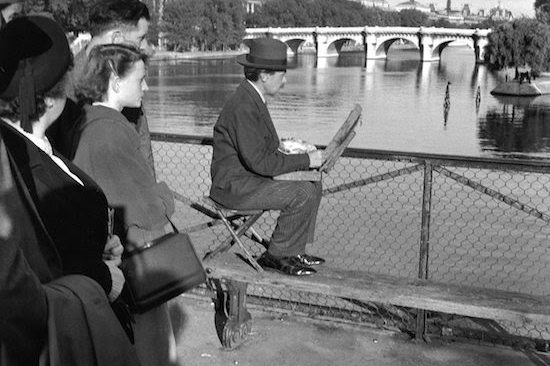ANDRÉ KERTÉSZ
(1894 - 1985)
André Kertész is widely regarded as one of Europe’s leading photographic artists, particularly for his contribution to photographic composition and the photo-essay. He became associated with members of the growing Dada movement and, in 1927, he exhibited 42 photographs at the left-bank gallery, Au Sacre du Printemps. In 1928, Kertész began using a Leica, the camera regarded as the favorite of the young generation of photo-reporters that emerged during this decade.
The ‘purist’ phase in Kertész’s work, identified with his time in Paris and pieces such as Fork and Mondrian’s Glasses and Pipe (1926), helped to build Kertész’s reputation as a photographer. In October 1925, Kertész emigrated to Paris in an attempt to establish himself as a professional photographer. Kertész emigrated to New York in 1936, beginning his association with magazines including Vogue, Harper’s Bazaar and Coronet in 1937 and worked continuously for Condé Nast from 1949 to 1962. During his time in New York, Kertész developed his fascination for capturing images of people reading, particularly in outside spaces such as parks, window ledges and balconies. Throughout his later life, Kertész’s work was featured in many exhibitions throughout Europe and America, including a one-man exhibition at the Museum of Modern Art in New York in 1964.


